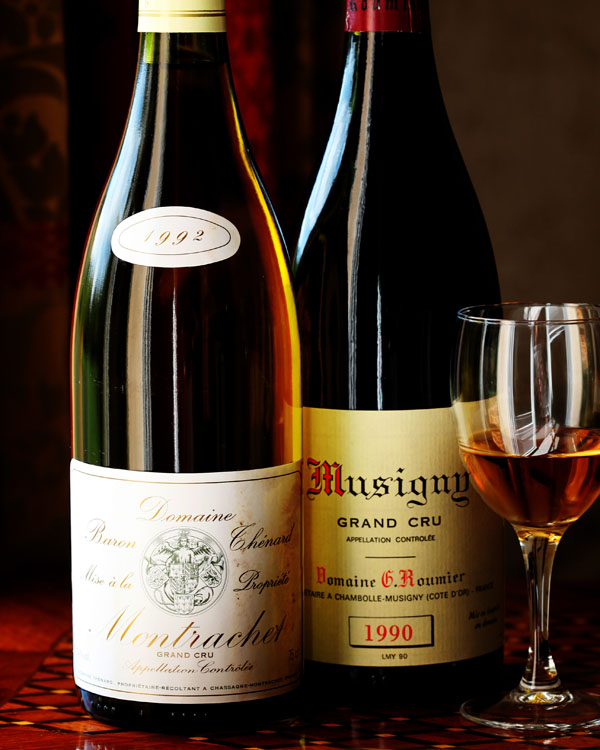I.
Specialization - Individuals and
countries can be made better off if they will produce in what they have a
comparative advantage and then trade with others for whatever else they
want/need.
II.
Absolute Advantage: The producer that
can produce the most output OR requires the least amount of inputs (resources).
III.
Comparative Advantage - The producer
with the lowest opportunity cost.
IV.
Countries should trade if they have a
relatively low opportunity cost.
V.
Input VS Output
VI.
An output problem presents the data as
products produced given a set of resources. (ex. Number of pens produced)
VII.
An input problem presents the data as
amount of resources needed to produce a fixed amount of output. (Number of
labor hours to produce 1 bushel)
When identifying
absolute advantage, input problems change the scenario from who can produce the
most to two can produce a given product with the least amount of
resources.

Interesting blog, Blanchard. I would like to ask, however, how this image of fine wine relates to the topic of comparative and absolute advantage. Also, it would have been nice to see some examples of calculating comparative advantages, but that's just me.
ReplyDeleteIt would be nice if you had a video to accompany this post that carried out the calculations of comparative advantage. It would've been helpful for you to include the statements that Output = opportunity cost goes Over and for Input, opportunity cost goes Under.
ReplyDelete